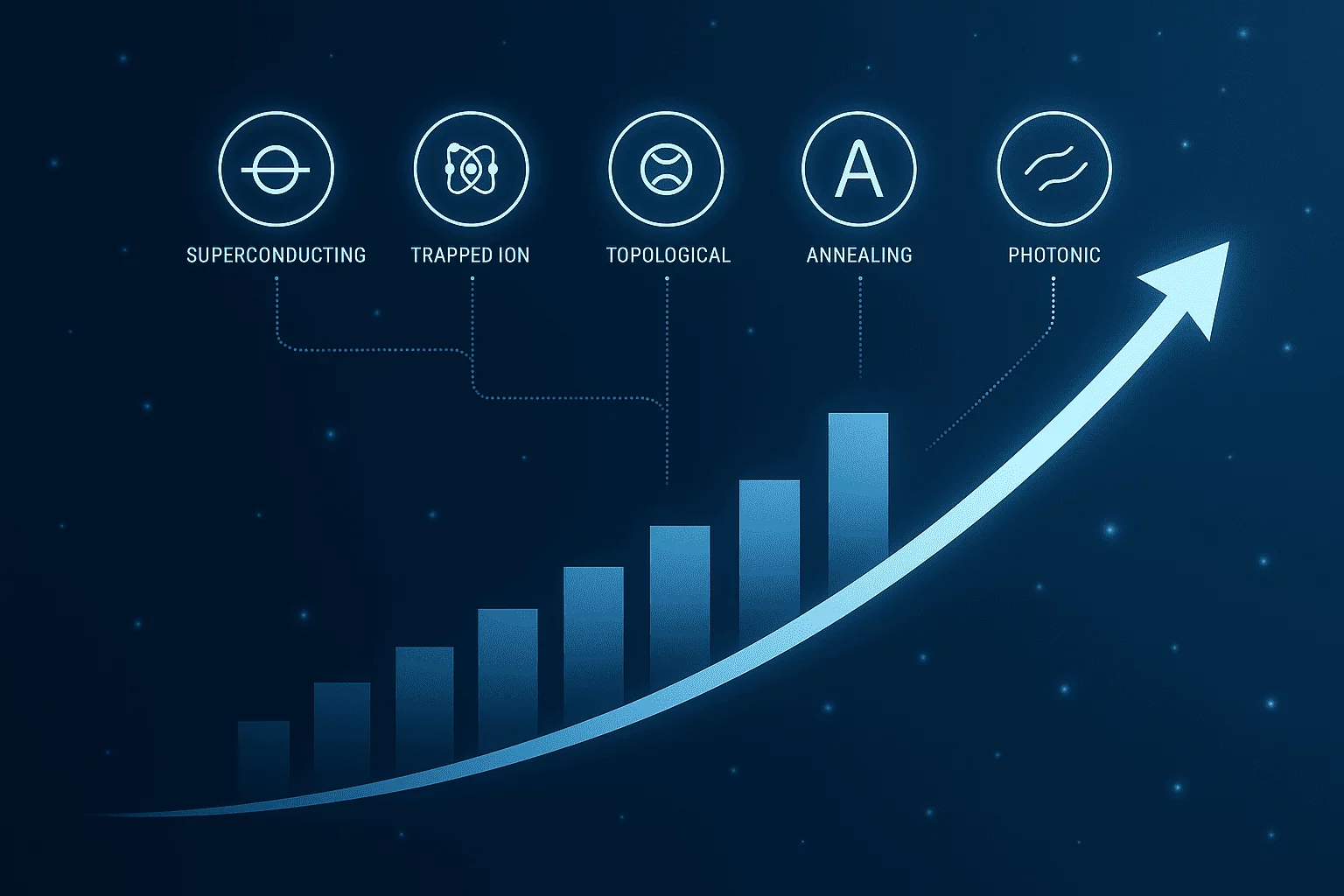The Eurozone’s economic landscape in the first quarter of 2025 has been marked by a delicate balance between modest growth and looming challenges. The European Central Bank’s (ECB) recent assessments shed light on the region’s economic health, highlighting areas of resilience and concern. This article delves into the ECB’s Q1 review, examining key indicators such as GDP growth, inflation, unemployment, and monetary policy adjustments, to provide a comprehensive analysis of the Eurozone’s current economic state.
Modest Growth Amidst External Pressures
In March 2025, the Eurozone economy exhibited modest growth for the third consecutive month. The HCOB’s final composite Purchasing Managers’ Index (PMI), compiled by S&P Global, rose to 50.9 from February’s 50.2, slightly exceeding preliminary estimates. This figure, hovering just above the 50 mark that separates growth from contraction, underscores the fragile nature of the recovery. The services sector experienced a slight uptick, with the services PMI increasing to 51.0 from 50.6. However, the manufacturing sector continued to face headwinds, contracting for the 16th consecutive month. The modest expansion in services suggests a tentative stabilization, but the overall economic momentum remains subdued.
Inflation Trends and Monetary Policy Responses
Inflationary pressures have shown signs of easing, with the annual inflation rate declining to 2.4% in February 2025, down from 2.5% in January. This decrease is largely attributed to a reduction in energy prices and a notably low inflation rate of 0.9% in France. Despite this downward trend, certain components, such as services inflation, remain elevated, indicating persistent price pressures in specific sectors. In response, the ECB implemented a 25 basis point cut in its key interest rates during its January meeting, bringing the deposit facility rate to 2.5%. This move aims to stimulate economic activity by making borrowing more affordable.
The ECB’s decision reflects a cautious approach, balancing the need to support growth while keeping inflation expectations anchored. The central bank emphasized a data-dependent, meeting-by-meeting strategy, underscoring its commitment to ensuring that inflation stabilizes at its 2% medium-term target.
Labor Market Resilience Amid Economic Challenges
The Eurozone’s labor market has demonstrated resilience, with the unemployment rate reaching a record low of 6.1% in February 2025. This decline suggests that, despite economic uncertainties, the labor market remains robust, providing a foundation for potential consumer spending and economic stability. However, the ECB remains vigilant, acknowledging that while the labor market is strong, the broader economic recovery is still fragile and subject to various risks.
External Risks and Trade Tensions
External factors, particularly trade tensions, pose significant risks to the Eurozone’s economic outlook. The prospect of U.S. tariffs on European goods has raised concerns about potential retaliatory measures and their impact on growth and inflation. The ECB has highlighted that such trade barriers could dampen economic activity and introduce uncertainty into inflation projections. While some policymakers note that tariffs might lead to short-term inflationary pressures due to increased import prices, the overall consensus points to a potential drag on growth.

Credit Conditions and Banking Sector Insights
The January 2025 Bank Lending Survey indicates a renewed net tightening of credit standards for loans to enterprises in the fourth quarter of 2024. This tightening reflects banks’ increased risk perception amid economic uncertainties and may have implications for business investment and expansion plans. Additionally, banks reported a net decrease in loan demand across sectors such as commercial real estate, construction, and energy-intensive manufacturing. These developments suggest a cautious lending environment, which could influence the pace of economic recovery.
ECB’s Q1 Forward Guidance and Policy Outlook
The ECB’s forward guidance emphasizes a commitment to a data-driven approach, with monetary policy decisions contingent on evolving economic indicators. While the recent rate cut aims to support growth, the central bank remains prepared to adjust its instruments as necessary to achieve its inflation target. This stance reflects an awareness of the complex interplay between domestic economic conditions and external factors, such as global trade dynamics and geopolitical developments. The ECB’s cautious optimism is tempered by recognition of the uncertainties that could influence the Eurozone’s economic trajectory in the coming months.
Insights from Mattias Knutsson on Navigating Economic Uncertainty
Economic analyst Mattias Knutsson underscores the importance of adaptability and strategic foresight in navigating the current economic landscape. He emphasizes that businesses and policymakers must remain agile, responding proactively to both domestic indicators and external shocks. Knutsson advocates for a balanced approach that supports growth while maintaining vigilance against inflationary pressures. His insights highlight the necessity for coordinated efforts to bolster economic resilience, ensuring that the Eurozone can effectively address the challenges and opportunities that lie ahead.
In summary, the ECB’s Q1 review paints a picture of an economy at a crossroads, with modest growth tempered by significant risks. The central bank’s measured policy responses reflect an attempt to navigate this complex environment, aiming to foster stability and sustainable growth in the Eurozone.





